The one thing that Rusty Egan is not short of is something to say…
It makes him the most ideal guest for talk events and ‘An Audience with Rusty Egan’ returns to London this June for a fun couple of hours in the animated company of The Blitz Club DJ and VISAGE drummer.
Loud and frank, not always subtle and occasionally angry, but always interesting and lively, his anecdotes combine laughter, tears and a vivid eye-witness account of his role as a catalyst in popular culture over the past four decades.
ELECTRICITYCLUB.CO.UK had originally met up with Rusty Egan for what was intended to be a 10 minute chat to obtain quotes for a mooted Beginner’s Guide listings article but one hour later, the interview ended and only because he had a soundcheck to do for a DJ slot at Blow Up.
The resultant career spanning conversation over several cups of tea was far too enthusiastic, amusing and informative not to make public, so this is Rusty talking, with only a few edits to stop him from going to jail…
How did VISAGE come together in 1978?
Midge Ure and I had some demo time left over after THE RICH KIDS’ demise and EMI let us have Manchester Square Studios.
We got Barry Adamson and Dave Formula from MAGAZINE, Midge and me in, during that time we did ’If You Want Me To Stay’, ‘In The Year 2525’, ‘The Dancer’ and ‘Eve Of Destruction’, I can’t remember much about that last one as I wasn’t a fan, it was something Steve Strange wanted.
So ‘In The Year 2525’ and ‘The Dancer’ were among the first VISAGE recordings?
We did ‘In The Year 2525’ in half a day, but it was an example of the future sound of London you could call it, it was an example of what we wanted to do, as was ‘The Dancer’.
These were demos for what became VISAGE but were turned down by EMI! ‘In The Year 2525’ was just me and Midge with him doing vocals and vocoder.
We were keeping it simple and all that but it was heavily influenced by KRAFTWERK. I had my CR78 Compurhythm and drum triggering while there was that Morse codey type intro. I loved it and I think still sounds great today, although some people hate it!
‘The Dancer’ was obviously influenced by NEU! as you can hear from my drums and a little bit of ‘One Of These Days’ by PINK FLOYD, we wanted that “sccchhiiiing!” and that was one of our trademarks. As Midge was doing guitar and John McGeoch played the sax.
How come ‘If You Want Me To Stay’ was made during those early VISAGE sessions with Ronny singing it?
I met Ronny in Paris, she was very androgynous and she had a low voice so people were going “is it a boy, is it a girl?”. I had this song in mind, Barry Adamson absolutely loved Sly Stone and at the time, we were being VISAGE. We knocked out as much as we could, as fast as we could.
I adored that record and we had an instrumental flipside. It had a lounge type concept like ‘Cracked Actor’; we literally played it live, got it going and pressed record. I bought the Swan Vestas to have the sound of the cigarette match burning.
Ronny later met Warren Cann who then introduced her to Hans Zimmer who he was working with in HELDEN at the time. Then through them, she met Vangelis and then Peter Godwin, so her whole creative life opened up. We remained friends and I’d often see her in clubs but as far as recording went, she was doing her own thing.
You spent a period playing drums with THE SKIDS in 1979?
There’s a hell of a lot of intricate drumming on THE SKIDS, when you talk about the NEU! drumming, I was trying to be a Motorik drummer. So on ‘Charade’, I got this CR78 drum machine banging away and the producer Bill Nelson, who did a great track called ‘Living In My Limousine’, he loved working with them.
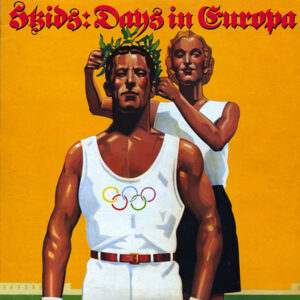 So you influenced Bill Nelson’s later use of drum machines in his work?
So you influenced Bill Nelson’s later use of drum machines in his work?
Yes, I worked quite closely with him on the production of ‘Days In Europa’ at Rockfield Studios in Wales.
DALEK I LOVE YOU were in the next studio, I lent them my drum machine. Funnily enough at the same time, SIMPLE MINDS were in the rehearsal room there!
So I’m stuck in Wales and going “Who’s here? Oh SIMPLE MINDS in the farmhouse!”, so we all got to hang out with each other as there was nothing else to do on a farm.
Want to know why the album is called ‘Days In Europa’? THE SKIDS had a hit in Germany and we were on a TV show called ‘Scene 79’ in Munich… it always happens to me but they only had one drum kit in the studio! It’s a live mimed show, MOTORHEAD were on before us and Philthy Animal Taylor wanted ALL the drums.
So I’m waiting for the kit to be moved from MOTORHEAD’s stage and the announcer goes “Und jetzt DER SKIDS!”… I’ve not even got my f***ing drum kit and I’m standing there like “great!”, the track’s already started and the roadies are bringing me the kit but it’s a live show! *laughs*
You got involved with the New Romantic mime troupe SHOCK and recorded a cover of ‘Angel Face’ backed with ‘R.E.R.B.’ for their first single in 1980?
When VISAGE was recording demos etc, I found out Midge had a professional relationship with some 70s pop writers Bill Martin and Phil Coulter who were involved with SLIK, the bottom line is this led him to know John Hudson who worked with THE GLITTER BAND and owned Mayfair Studios. I thought “Brilliant, I don’t have to go to Wales”
We sat in the control room talking, I loved THE HUMAN LEAGUE’s cover of ‘Rock ‘N’ Roll’ and said I wanted a sound like that clap, so John went round the back and got these two floorboards with some door handles and clapped them together, that’s how they the claps did those records! I said I’d like to do this sound but with computers and triggered drums.
I said I could make a track with this trademark sound but without physically playing anything. So I told him I knew this bloke called Richard Burgess who had been doing the linking interludes on the VISAGE album and had that massive Roland System 700 modular with the Micro-composer. Richard had a Fairlight as well, he seemed to be able to get access to all this stuff via the tech companies.
Basically Richard was my tech guy, he’d got hold of Dave Simmons and got me a deal on only the brain of the synthesized drum system they were working on, cos they hadn’t got the pads as they hadn’t been made yet. He said I could trigger them which is how I got the drum fills on ‘R.E.R.B.’
So basically, doing ‘Angel Face’ was the catalyst for ‘R.E.R.B.’?
We programmed the whole thing to do a cover of ‘Angel Face’ first at Mayfair and John Hudson said “You know I can get hold of Gerry Shephard who wrote the song”, so he came along and helped us with the backing vocals… and the lead vocals! *laughs*
Meanwhile, Robert Pereno from SHOCK did ‘Top Of The Pops’ as a member of TIGHT FIT for that ‘Back To The 60s’ medley before ‘The Lion Sleeps Tonight’!
You know that Tim Friese-Greene produced ‘The Lion Sleeps Tonight’ and it was when Mark Hollis heard that, he got him to work with TALK TALK?
REALLY? Well, the sound of that was amazing! Anyway I haven’t finished!! *laughs*
So we’re talking about SHOCK, and “R.E.” Rusty Egan and “R.B.” Richard Burgess… so we had this 7 inch and 12 inch record of ‘Angel Face’ done, John went to RCA and said they loved it and would put it out, but we needed a B-side. So I quickly threw up ‘Angel Face’ and took off all the vocals and things, me and Richard sat at the piano to do that “da-da-dah” theme. I wanted to call it ‘The Red Bridge’ because it was in Luxembourg and has the most beautiful view, I had been there with Brigitte who was the girl’s voice on ‘Fade To Grey’, I wanted to get this feeling of European grandeur but we ran out of time to do any words. So ‘R.E.R.B.’ came out of ‘Angel Face’.
Now if you go back to THE SKIDS, on the album track ‘Animation’, the closing track of ‘Days Of Europa’ is ‘Animation’ backwards, but with the drums put forwards while Stuart Adamson and Richard Jobson wrote another song over it, but it was the basically same backing track. So I had this idea that you could do music over another one, so that’s what we did on ‘R.E.R.B’ with a new melody and those signature drums.
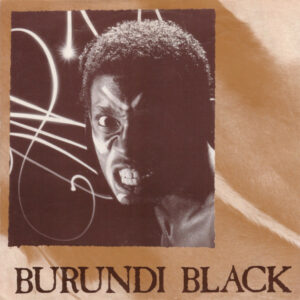 Your first remix was ‘ Burundi Black’…
Your first remix was ‘ Burundi Black’…
It was 1980 and I’m DJing in a club. I knew Marco Pirroni from ADAM & THE ANTS and they dropped this record ‘Kings Of The Wild Frontier’ and I knew it was the Burundi drums. So I said to my then partner Jean-Philippe Iliesco who produced SPACE about wanting to get hold of it and he said he knew Eddie Barclay of Barclay Records who had released it.
So he called him and got the multi-tracks for me. I just wanted the drums on their own with the tribe and no music, then I added a drum machine and some playing, I wanted this tribal feel and the future together.
I don’t believe I did a great job on that to be honest… it’s funny but recently Mark Reeder released an album ‘Mauerstadt’ and as I was listening to it, I noticed one track ‘Giant Mushrooms’ was like that, I heard the Burundi sample and loved it. I mentioned it to Mark and said “Oh, you sampled Burundi” but he replied he’d sampled someone who’d sampled Burundi! *laughs*
And that’s the world of sampling now! I might come back to that you know, I’ve got an idea based on what you can do today.
Let’s talk about ‘Yellow Pearl’…
If I’m not mistaken, ‘Yellow Pearl’ was a track that Midge was working on for the VISAGE album but hadn’t got past the drum machine stage. But I had done the break in a rehearsal room somewhere with him that lodged in his head.
After Midge did the THIN LIZZY tour, Phil Lynott came to The Blitz Club and heard the sounds there so when he was doing his solo album, he said he wanted me in on the drums. I did a few songs like ‘Kathleen’ which were very normal. Then I got this call back from Midge that Phil wanted me to do ‘Yellow Pearl’ and use that break. So I said “yeah”, turned up and I did that. Then Midge’s manager showed up with a single piece of paper and asked me to sign my life away so I did, then it got on ‘Top Of The Pops’ as the theme and I was a bit p*ssed off because I’d signed my life away!
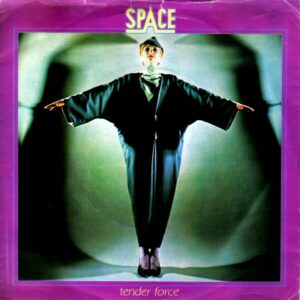 SPACE are most famous for ‘Magic Fly’ and you did a remix of a ‘Tender Force’…
SPACE are most famous for ‘Magic Fly’ and you did a remix of a ‘Tender Force’…
When I get a remix, I don’t necessarily want to put Rusty all over it, I just like something a lot and I feel that I can shine a light on it. If you get a song which you like that didn’t make it, sometimes a remix can bring people’s attention to the original and people go “I heard this version by Rusty which I didn’t like, but then I found the original”.
So I did timbale drumming cos when you’re a drummer, why don’t you do some drums? SPACE introduced me to Didier Marouani and Jannick Top who were exceptional musicians, I thought these guys were amazing. Through them, I got on really well with Roland Romanelli and I programmed everything on his solo album ‘Connecting Flight’ which was very pioneering.
So what was ‘Do What Ya Wanna Do’ by THE CAGE featuring Nona Hendryx all about?
I’d got myself a TR808 by now, I had this beat and sequence to make people dance so I’m playing around with it and thought “why don’t I do T-CONNECTION but totally electro?”, it could sound like ‘I Feel Love’. I called up Gary Barnacle who played with SOFT CELL, he brought his bass playing brother Steve and we had this little Casio out for the break, there’s this 64 bar build with the percussion before I smash a light bulb, it was literally hitting fire extinguishers, bashing everything. It was great, I was grabbing everything in the studio, bits of wood…
Through my trips to New York, I’d known Nona Hendryx was session singing having been in LABELLE who did ‘Lady Marmalade’. So Vicki Wickham who managed Dusty Springfield and Nona suggested having her on the track. It was this time that I met producer John Luongo who had remixed THE JACKSONS, so it was all about dance music for me as The Camden Palace was about to open and had the biggest sound system in the world.
The final classic VISAGE track ‘I’m Still Searching’ was moody but still very New York…
It was actually just me and Steve, mostly me although I did credit the other members of VISAGE because at the time, I didn’t believe we had split up, the fact that they weren’t there was irrelevant. VISAGE was always about a group of people where some show up and some can’t like John McGeoch, but he was still a member. So we had to do a B-side…
It’s unusual in that it was a VISAGE B-side that had a vocal…
Yeah, it was just one finger on the synth…
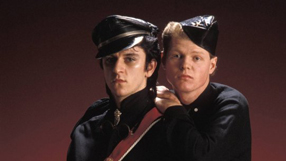 It sounded a bit like PET SHOP BOYS…
It sounded a bit like PET SHOP BOYS…
I’d never heard of PET SHOP BOYS back then in 1982…
Well that’s cos they didn’t exist at the time! *laughs*
HA HA!
Ok, so what’s the story about your UK remix of MADONNA’s ‘Everybody’?
I’ve been recently linking and tweeting over the years about how upset I am about this, but the reason I’m upset is based on my knowledge of Blockchain and how in the future, musicians will ALL be paid, there will be none of this not paying people and all the b*llocks that the music industry loves…
So the bottom line is we did a verbal agreement in New York that I would remix the track for Warner Bros that needed a British introduction. Basically at the time, you could make it easier in England than you could in America.
Was this a thing you sorted with Seymour Stein of Sire Records who were part of the Warners set-up?
Yes, I did a lot with Seymour, I gave him SOFT CELL whose publishing I looked after, B-MOVIE, the ‘Batcave: Young Limbs And Numb Hymns’ compilation album, we did a lot.
Everything was agreed and we put her on at The Haçienda in Manchester, that would introduce her to ‘cool’ England, the tune would be cool and I think it did the job, the press were all over it. I think I did a great mix and you can find it online. If you go to madonna.com there is information on it even though it’s not credited “Rusty Egan”, it says “UK mix” but that IS the Rusty Egan mix. I only played my mix at The Camden Palace, all the time…
So what did you do specifically on your mix that was different to make it more UK friendly?
I gave it a lot more space, it was more on vocals and guitar because I liked that rhythm thing like on ‘The Anvil’ plus I especially liked the talking. I think the regular MADONNA version is a pop song and I made it more of a seductive groove in a club, I extended the breaks, I put echoes and delays on the vocals and brought it right up.
So, let’s enter ‘The Twilight Zone’…
I had an agreement with Warner Chappell and each project they turned down, this was a Warner movie and a classic theme, I did not want to use the main theme, just the well-known sequence adding all the rest myself, bassline and string stabs and percussion. Rob Dickens of Warners came to the studio and said he would not accept the mix unless I edited in the main orchestral and organ theme. So it was released like that as ‘The Twilight Zone’, RUSTY 1 on Warner Bros Records.
That tw*t John Pitcher of MRC who stole VISAGE, ‘R.E.R.B’ and Blitz Club Records then added it to a compilation ‘Trevor Jackson – Metal Dance 2: Industrial New Wave EBM Classics & Rarities 79-88’. But what Trevor did was edit out the main theme back to what I submitted, so it’s all me.
TIME ZONE ‘Wild Style’, you’ve reclaimed this one…
The story is I heard this band called YELLO and I was invited by Ian Tregoning of their label Do It Records to meet them. There was this place on the way by train where these blokes SUPERSEMPFT had made a record I liked, so we went to their studio. I sampled all these records by BLANCMANGE and KRAFTWERK into a beat, programmed the drum machine, played the bass on the Moog and did all the pieces in one night.
I had a cassette of it and went on my journey to meet YELLO, but when I got back, I sent it to Celluloid Records in New York who released a lot of French electronic music I was liking like MATHÉMATIQUES MODERNE, the French seemed to like quite odd records at the time. Anyway, next thing I know, Afrika Bambaataa loves it and suggested we go 50:50 as I’d done the music.
But over the years, people online I’ve never heard of who have claimed they wrote it by logging into this publishing database, I didn’t know about that… in 1993, Todd Terry made a record called ‘My Definition Wild Style’, all he did was take the B-side of the record and added a nice beat, that was it! We don’t mind that BUT what we mind is he claimed he wrote the f***ing thing! I was furious, then a load of other blokes claimed they wrote it, so I had to get Notting Hill Music to say 100% written by Rusty Egan and all the others can F*** OFF! But they’d all been paid for 20 years!
Anyway, I reworked it for ‘Welcome To The Dancefloor’ as ‘Wonderwerke’ because I kept saying in German “Was ist das? Ein Wonderwerke?”, so I’ve reclaimed it from Todd Terry!
To continue the German connection, what about when you worked with German act HONGKONG SYNDIKAT in 1984?
These guys sampled Ronald Reagan’s speech in Berlin for a track called ‘Berlin Bleibt Doch Berlin’ and they did this beat. I met with Gerd Plez from HONGKONG SYNDIKAT, he played me the demos for the next album and I suggested mixing it at my Trident Studios and adding overdubs. We did this song ‘Divided By’ which was literally a pocket calculator that went “9-8-7, 7-8-9, divided by-divided by”, it was hard, maybe too hard.
Then there was a song called ‘Too Much’, I introduced him recently to HP Hoeger and the chill out mix has ended up on a few ‘Buddha Bar’ albums.
Now, you formed THE SENATE and released ‘The Original Sin’…
Yeah, with Kirk Brandon… well, ‘The Original Sin’ was the one everyone says is about Kirk’s friendship with Boy George. Now the other day on The Blitz Club Facebook group, there’s a picture of Kirk Brandon which the poster labelled “closet”, what a f***ing thing to write? Don’t forget, The Blitz was a place where people who were unsure of their sexuality could go to.
While it wasn’t a gay club, you had to be open-minded so why do we have people on The Blitz Club Facebook group talking like a homophobic thug?
Well it’s rather like electronic music fans who are into KRAFTWERK ‘Europe Endless’ and ULTRAVOX ‘New Europeans’ but being staunchly pro-Brexit…
Yes, so basically this song is Kirk admitting that Boy George was a beautiful boy, as was Marilyn, and about when you’re 19-20 years old and you are unsure of your sexuality. We loved that “is it a boy, is it a girl?” time and when I heard that lyric “since you came into my life, I had to rearrange my heart”, boy did Kirk have a voice and I wanted to have this orchestrated epicness behind it, but I think I went way over the top!
Was THE SENATE meant to be a limited project?
Yes, it was one-off, me and Kirk were mates and I’d produced SPEAR OF DESTINY, ‘Mickey’ is a classic and featured Anne Dudley on strings.
PULSE’s cover version of LED ZEPPELIN ‘Whole Lotta Love’, you were having a hit again…
This was 1988, on the bottom of the rear artwork, it says “Every generation has a musical revolution…” and I was part of the 1980 musical revolution. But I was sitting in the Island Records office, working as a friend for U2 on a little salary, I’d lost my wife, my home, my car so basically I’m losing it, 80% of the people at Island were into DEACON BLUE and I was at my lowest ebb! It really wasn’t happening, I liked THE CHRISTIANS and SHRIEKBACK but I was desperately looking for something.
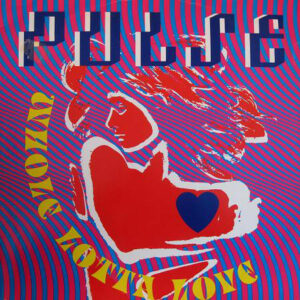 I knew Paul Oakenfold and all these DJs that had come to The Camden Palace so I thought to myself “something is going to happen musically to get me out of this”. But in the meantime, it wasn’t house as it hadn’t arrived yet, electro and techno had probably peaked.
I knew Paul Oakenfold and all these DJs that had come to The Camden Palace so I thought to myself “something is going to happen musically to get me out of this”. But in the meantime, it wasn’t house as it hadn’t arrived yet, electro and techno had probably peaked.
I did this psychedelic record sleeve and I just thought of Robert Plant, so I had this idea of doing ‘Whole Lotta Love’ with Tracy Ackerman from SHAKATAK on vocals, an amazing singer.
Dave Robinson who was Stiff Records but now Island MD at that time was linked with Trevor Horn cos of FRANKIE GOES TO HOLLYWOOD.
So I was invited down to Sarm Studios and they offered to let me use it, so we made that! Then U2 released it on their Son Records imprint…
Ah yes, Son Records released that novelty Country & Western cover of ‘The Fly’ by THE JOSHUA TRIO and ‘Riverdance’…
And again, I never got paid! *laughs*
So it all ended for a few decades but you came back with a club remix of FILTHY DUKES ‘Messages’ in 2009…
I think it’s f***ing great that mix! The late Mick Clark who signed SOUL II SOUL suggested I remix so they put me in this studio with all the parts of FILTHY DUKES, but of course I hadn’t been in one for 20 years so didn’t know what to do, it was all computerised! So I’m there with this guy Sie Medway-Smith who I was told had remixed DEPECHE MODE and I was like “WHAT?”… they said he was the right guy for me.
BUT, when you go back into the studio for the first time in ages and don’t really know how it works anymore, you tend to let other people do things and then say “I don’t like it”… but when you say “I don’t like it”, it tends to go down like nails down a blackboard! So what happened with him was he went “well, this is how it works mate!”
I just wanted it simple and I did all the synths, but everything about it was an argument! Sie Medway-Smith was way advanced and in-demand so acted like he was doing me a favour, I couldn’t p*ss him off!
So there’s this interesting side-story with LA ROUX…
Because of that mix, through Mick Clark I got the chance to see and remix LA ROUX. I went to the Notting Hill Arts Club and I heard ‘Bulletproof’. So I went back to Sie and said “I want to do this!”, but he went “it’s f***ing rubbish Rusty”! Sie pulled up the lead vocal and said “it’s terrible” and I was like “IT’S NOT! IT’S A POP SONG!”, so we basically had this argument. I’m trying to do a remix and he’s literally downing tools, doing anything to avoid finishing it! *laughs*
I was powerless cos I don’t know what to do, so we get like a half finished version to Mick Clark who said “it’s good but it’s not right and you’ve missed the deadline, they’ve gone for some drum ‘n’ bass guy and it’s blowing up!”…. I had to ask what that meant!! I was so angry! You can hear it on my Soundcloud.
Fast forward to 2014 and you do this mash-up with Antony Toga on TINY MAGNETIC PETS ‘Control Me’?
I search for stuff all the time and I found ‘Control Me’, I thought it was brilliant although the drums were sh*t, so I knew Antony Toga and his adaptation of ‘Seconds’ by THE HUMAN LEAGUE so I mashed them together and sent it to the band. I said “I think you’re great and I love your songs but you need to sort your drums out”…
Funnily enough, I said the same to them after I first saw them live in Düsseldorf 2015…
It was only supposed to be an idea, but TINY MAGNETIC PETS made a video and uploaded it saying I did it but it wasn’t me as such. They left it as it is but I suggested they contact Antony Toga to make sure he didn’t mind. They do this version live…
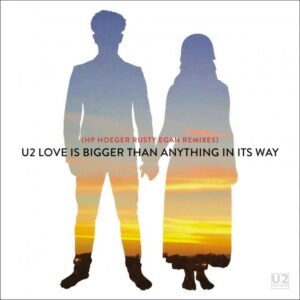 Some of your most high profile remixes recently were for U2?
Some of your most high profile remixes recently were for U2?
I had always been a U2 fan, but I lost it around ‘How To Dismantle An Atomic Bomb’, I hadn’t really reconnected to their new music.
Their first five albums were classic as most people I think would agree, although I did like ‘Beautiful Day’. But I reconnected on this new album ‘Songs Of Experience’.
I felt it had a message and that message was love. It had vocoders, synthesizers and I thought “this isn’t your rock ‘n’ roll’, I would love to do something with this”. So I wrote to U2 asking if I could remix them, not realising 20 other DJs had already done so. They sent me a link and they were HORRIBLE, sh*tty terrible EDM! I asked to do ‘Love Is Bigger Than Anything In Its Way’ which I did with HP Hoeger, one without drums, one with drums and one in the style of ‘In The Air Tonight’ by Phil Collins.
NOW, we all know ‘In The Air Tonight’ is a Roland CR78 drum machine, it’s got this sound but I just wanted to put a beat on it, which I programmed on a plug-in. I sent it to the band and they loved this version but wanted more guitars on, so it became like the ‘band’ mix. But the Chill mix without the drums is my preferred mix…
U2 go with the ‘band’ mix which is not the one I love, but then this well-known remixer from Holland, Ben Liebrand is on YouTube and Soundcloud going “RUSTY EGAN HAS STOLEN MY DRUMS!”, so I’m like “what?”… I searched and found he had remixed a version of ‘In The Air Tonight’ in 1988, I listened to it and went “OH F*CK! It sounds like the same thing!”, but then that’s because it’s the same drum machine!
Anyway, when you Google “Drums In The Air Tonight Phil Collins”, there’s all these YouTube tutorials going “Hi! Whassup? Today we’re going to show you how to programme the ‘In The Air Tonight’ drums”… I was like “Hang on Ben Liebrand, there’s 25 guys here who can programme the ‘In The Air Tonight’, I DIDN’T do ‘In The Air Tonight’, I did U2 and used the same f***ing drum machine! There is no ‘In The Air Tonight’ drums on it, it is just SOUND!”
But using a drum sound is not like nicking a bit off an actual song…
That’s right! So if you want to get into that, I made THE ART OF NOISE drum sound! I’d brought JJ Jeczalik who did ABC into my studio, I paid him £500 to press all these buttons on a Fairlight as none of us knew how to work it, he took my sound and he had a band of his own called THE ART OF NOISE!
Was that the VISAGE ‘Beat Boy’ drum sound?
YES! You can tell ‘Beat Boy’ and THE ART OF NOISE are the same sound! We made it before! *laughs*
If Ben Liebrand had written to me privately about the similarity or whatever, we could have handled it in an “oh my god, I didn’t realise” manner. ‘Yellow Pearl’ IS my drum sound, people when they listen to music always go “oh, it sounds like…”
Let’s talk about ‘Thank You’, the closing track on your album ‘Welcome To The Dancefloor’…
‘Thank You’ is as it is, I just believe a lot of people should say “thank you” but they don’t… so I felt when I made my album, my career and everything that I am is because of that list of people.
And even if in there I thank Nikonn who worked with me on that album and I clashed with, or people that I disagreed with, it’s about the music. I even end it poignantly by saying “VISAGE”, regardless of any problems or issues that I had with Steve Strange, I am still immensely proud of the music I made with VISAGE, so I am very upset when it is imitated or faked as anybody would be…
ELECTRICITYCLUB.CO.UK gives its warmest thanks to Rusty Egan
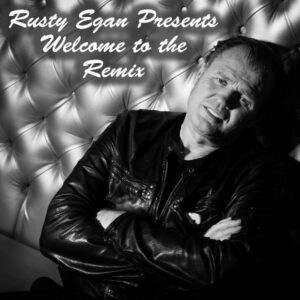 ‘Welcome To The Remix’ + ‘Welcome To The Beach’ are released by Black Mosaic in digital formats, both available from https://rustyeganpresents1.bandcamp.com/
‘Welcome To The Remix’ + ‘Welcome To The Beach’ are released by Black Mosaic in digital formats, both available from https://rustyeganpresents1.bandcamp.com/
https://www.facebook.com/rusty.egan/
https://twitter.com/DJRustyEgan
https://www.instagram.com/rustyegan/
https://soundcloud.com/rusty-egan
https://www.mixcloud.com/rustyegan/
Text and Interview by Chi Ming Lai
20th April 2019

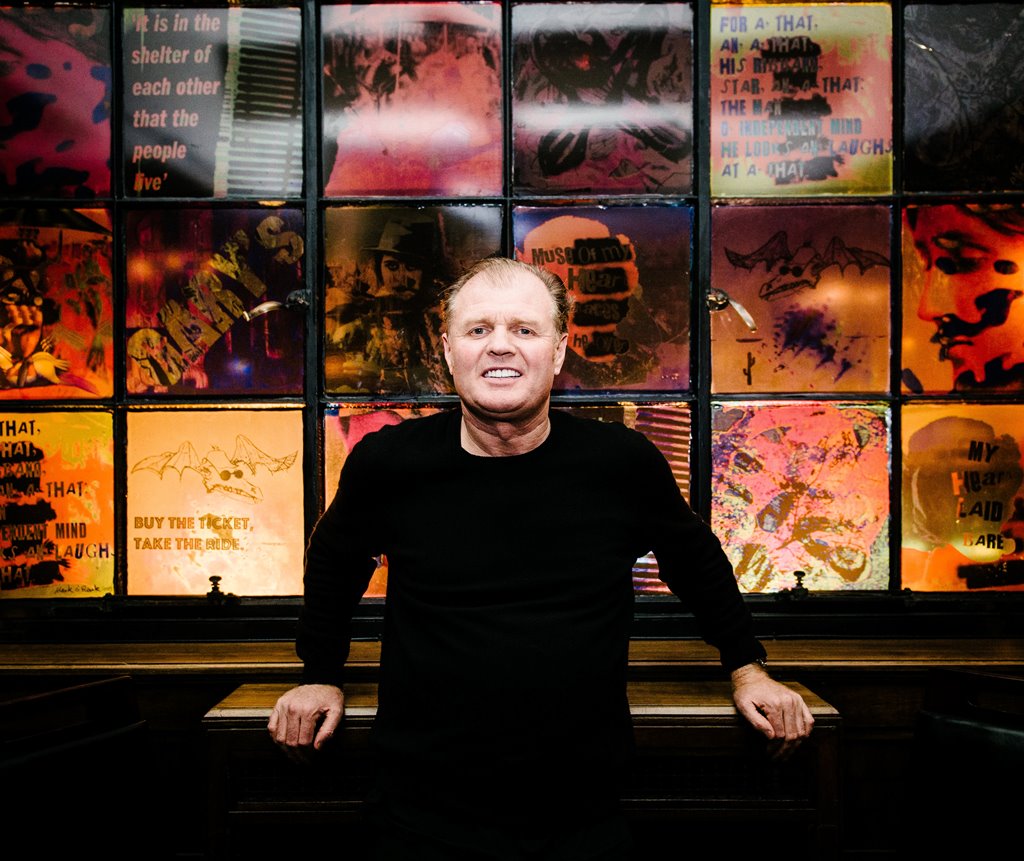
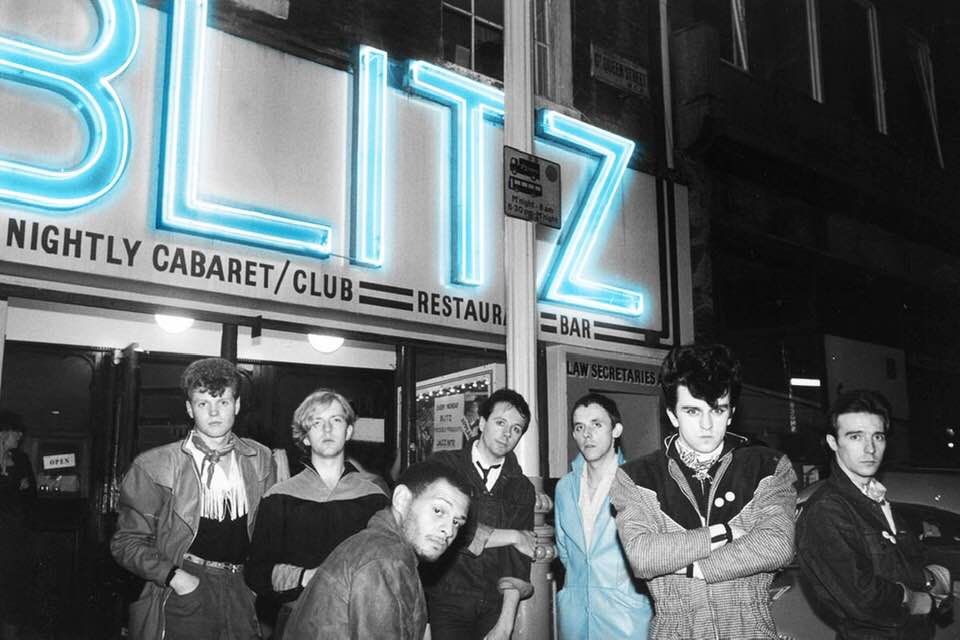

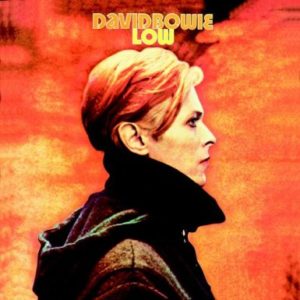
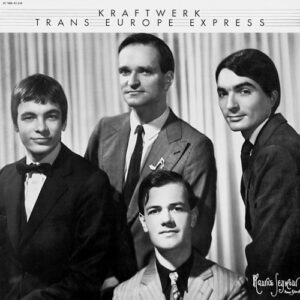
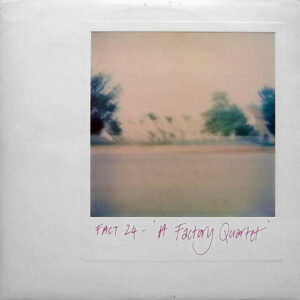
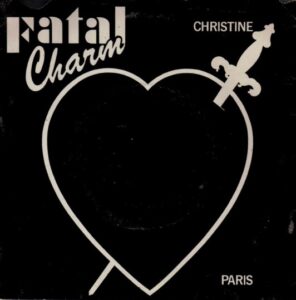
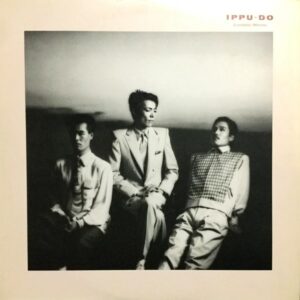
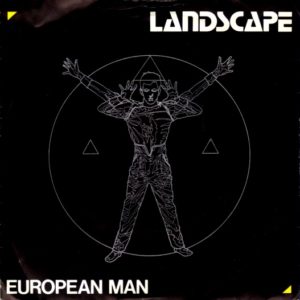
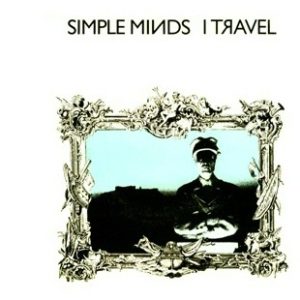
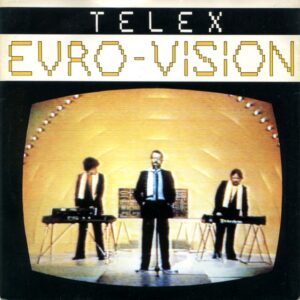
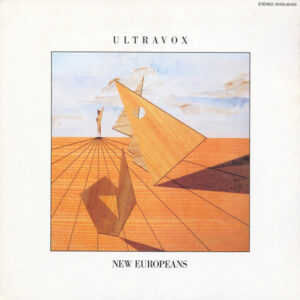

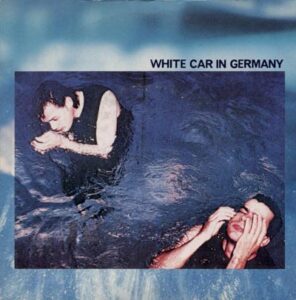
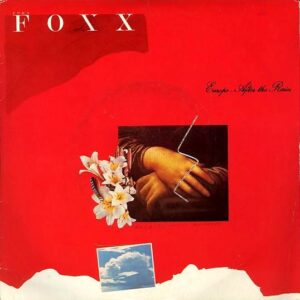
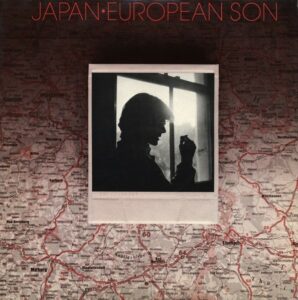
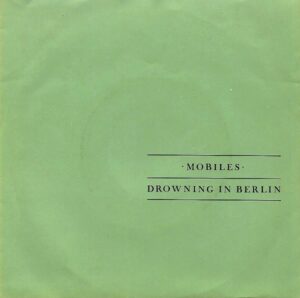

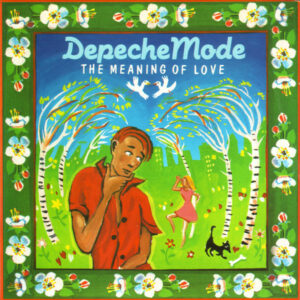
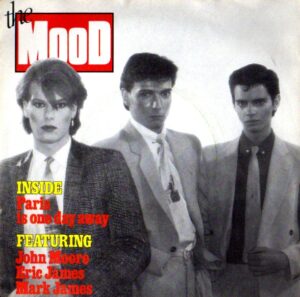
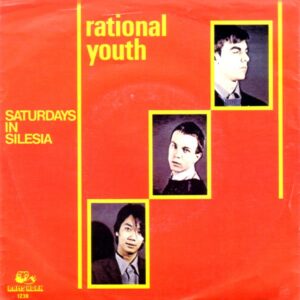
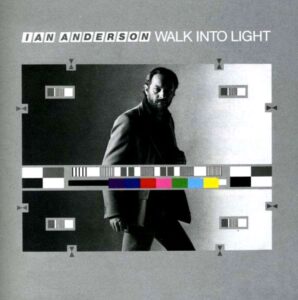
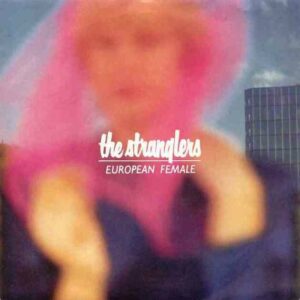
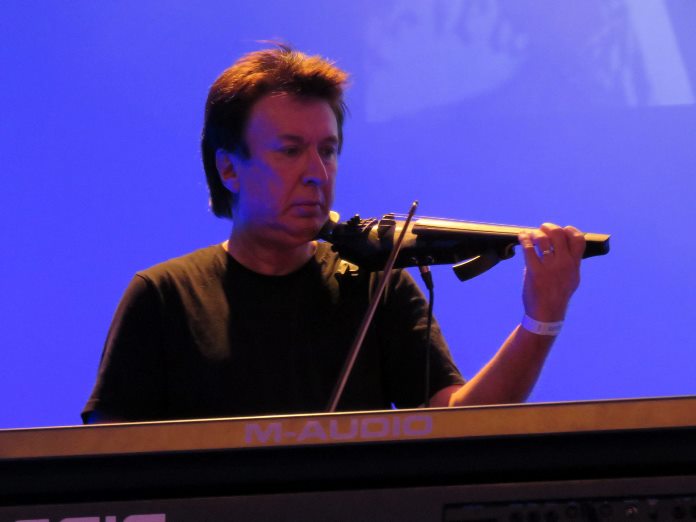
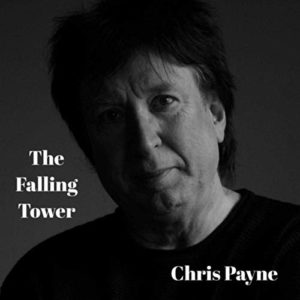
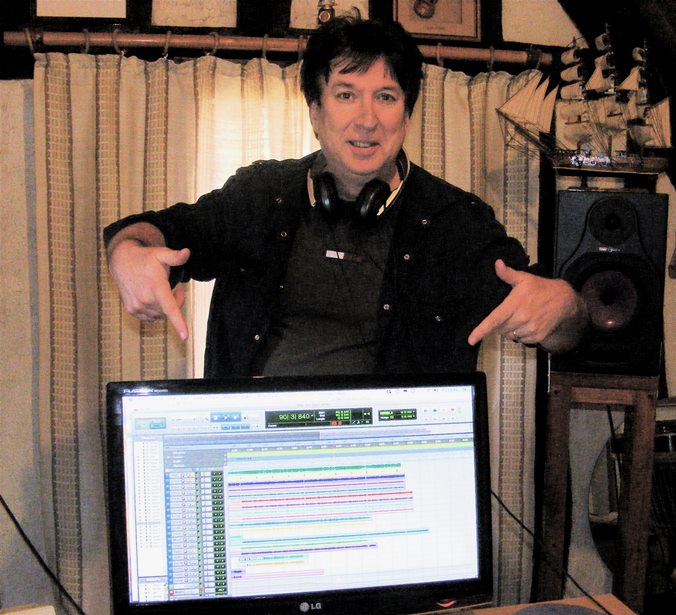
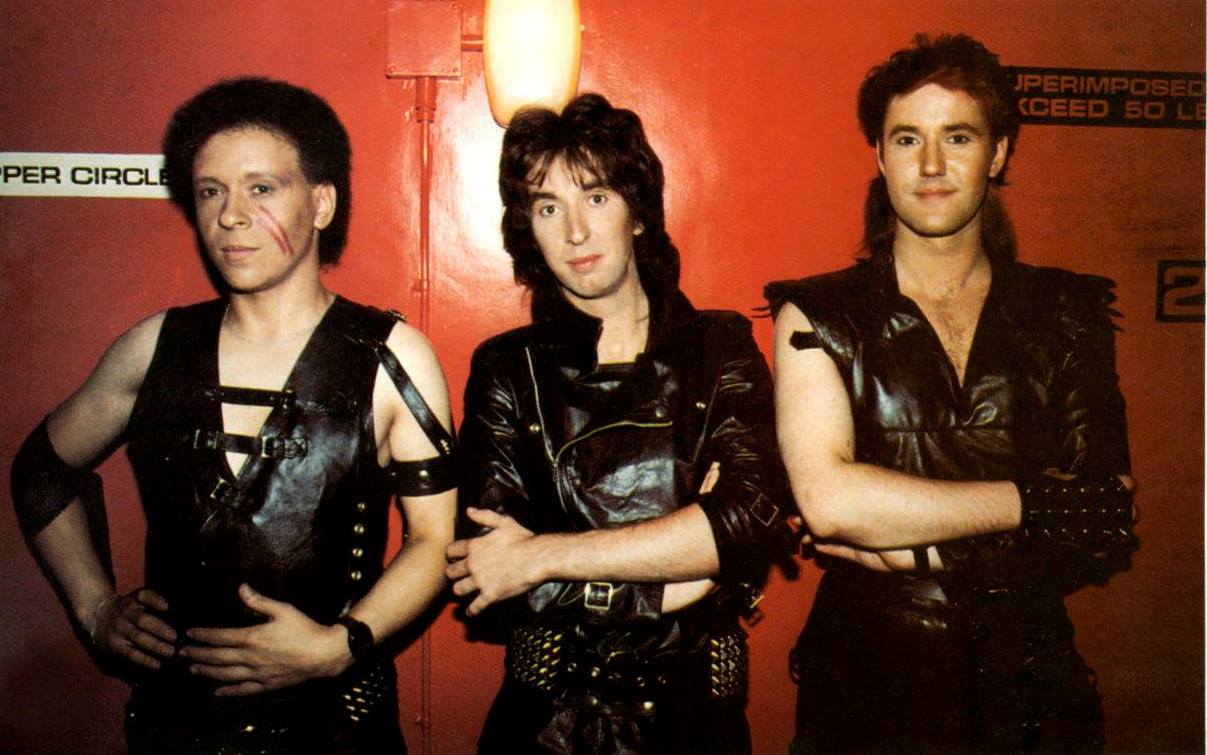
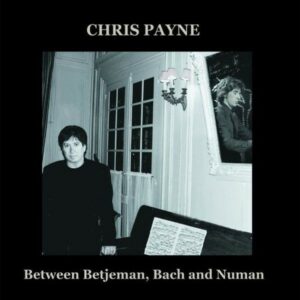
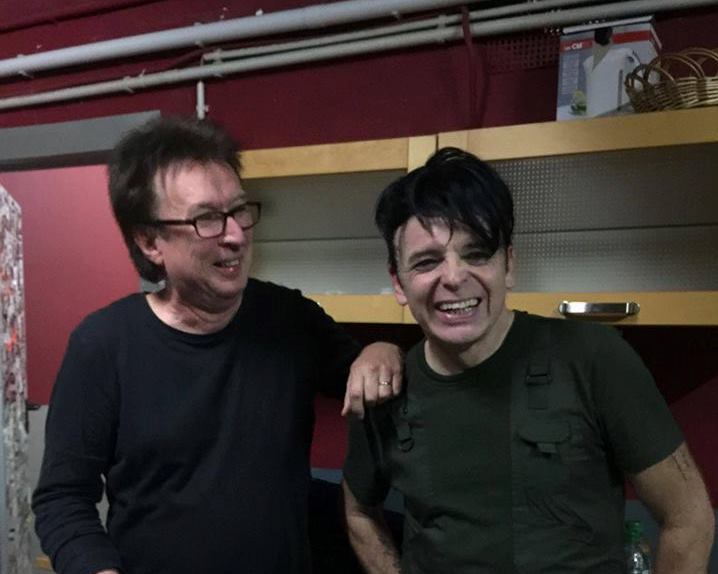
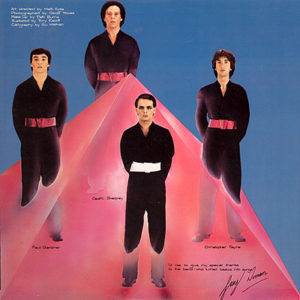
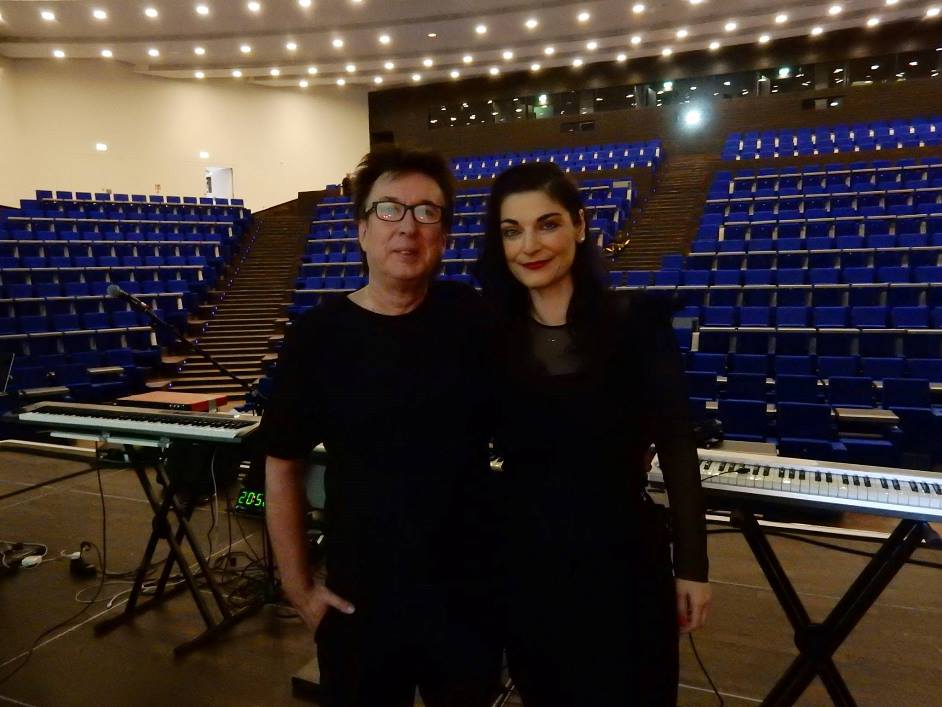
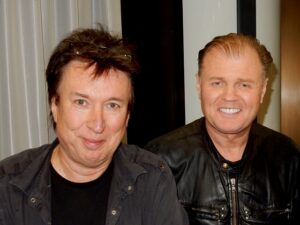
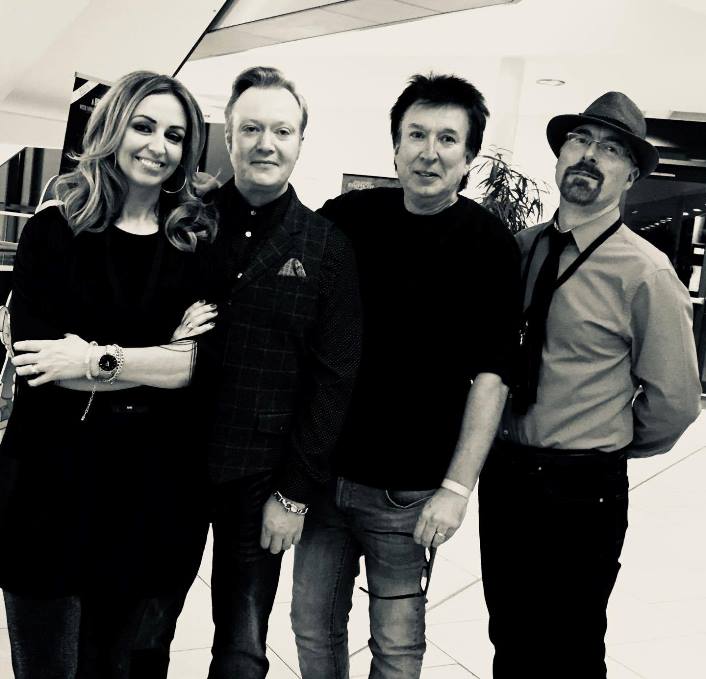
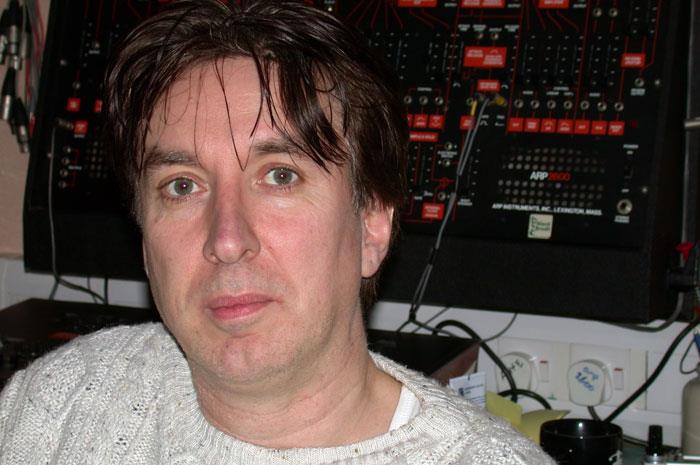
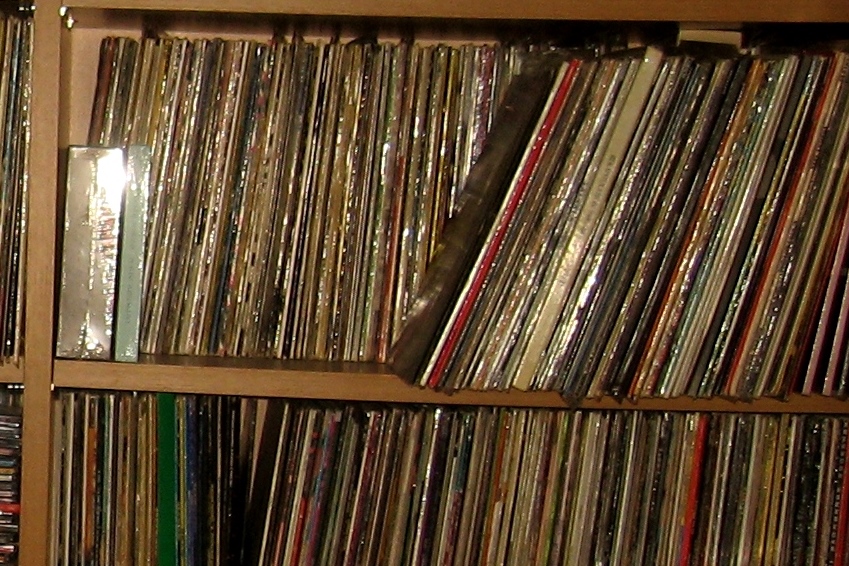
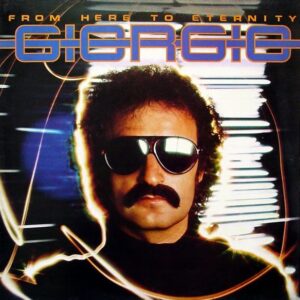
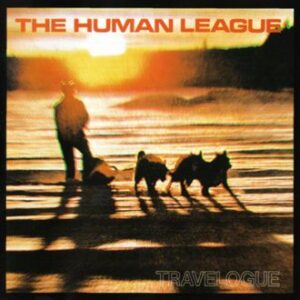
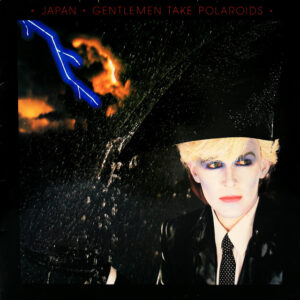
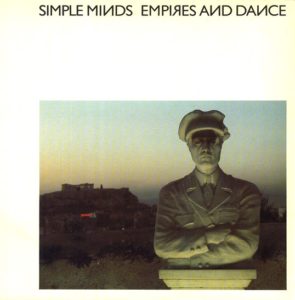
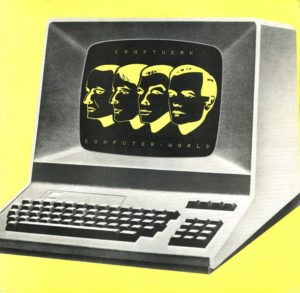
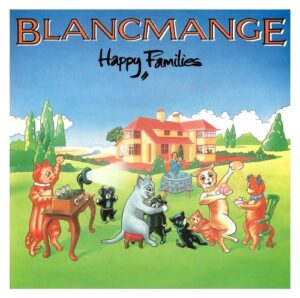
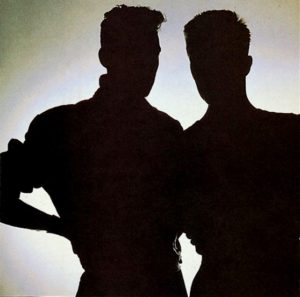
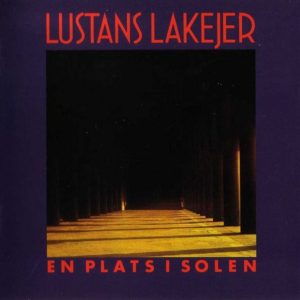
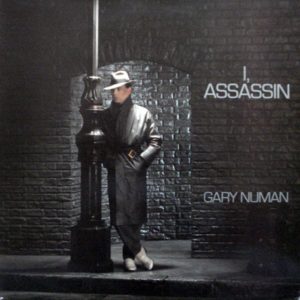
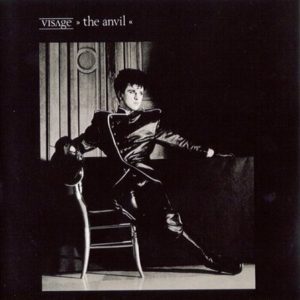
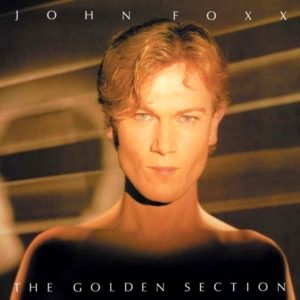
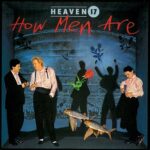
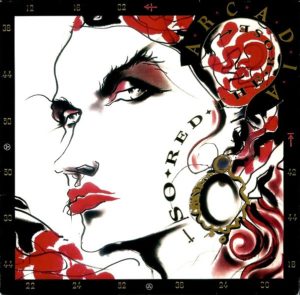
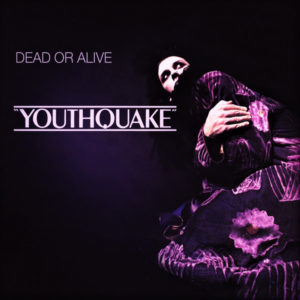
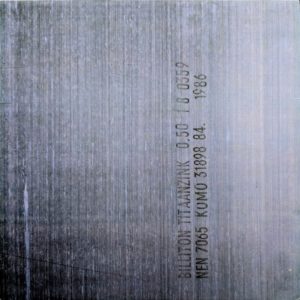
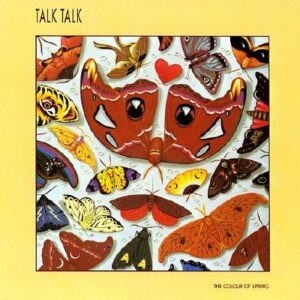
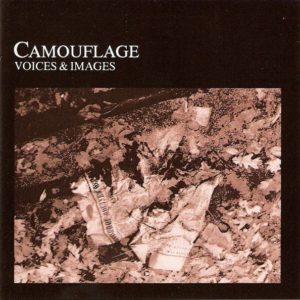
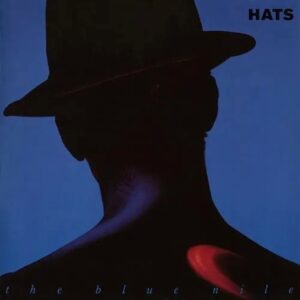
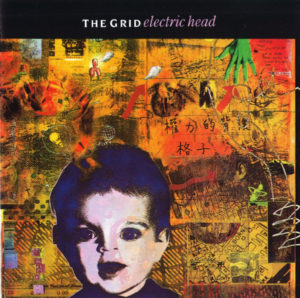
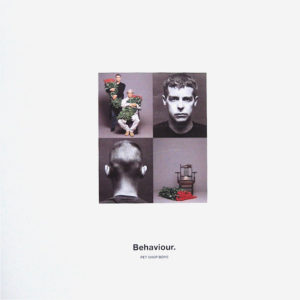
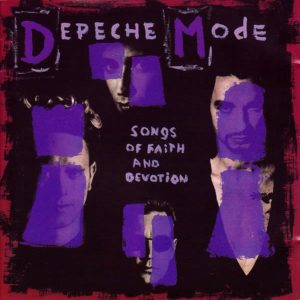
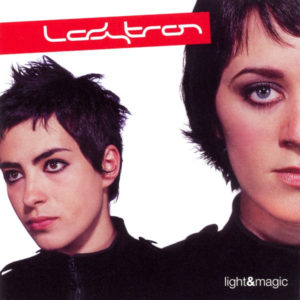
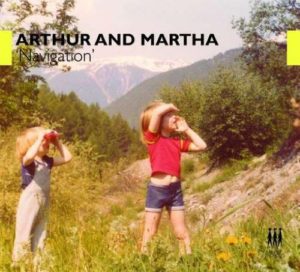
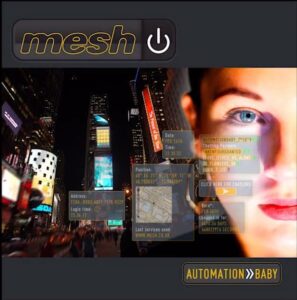
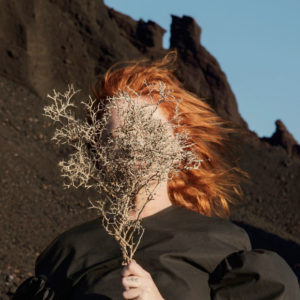
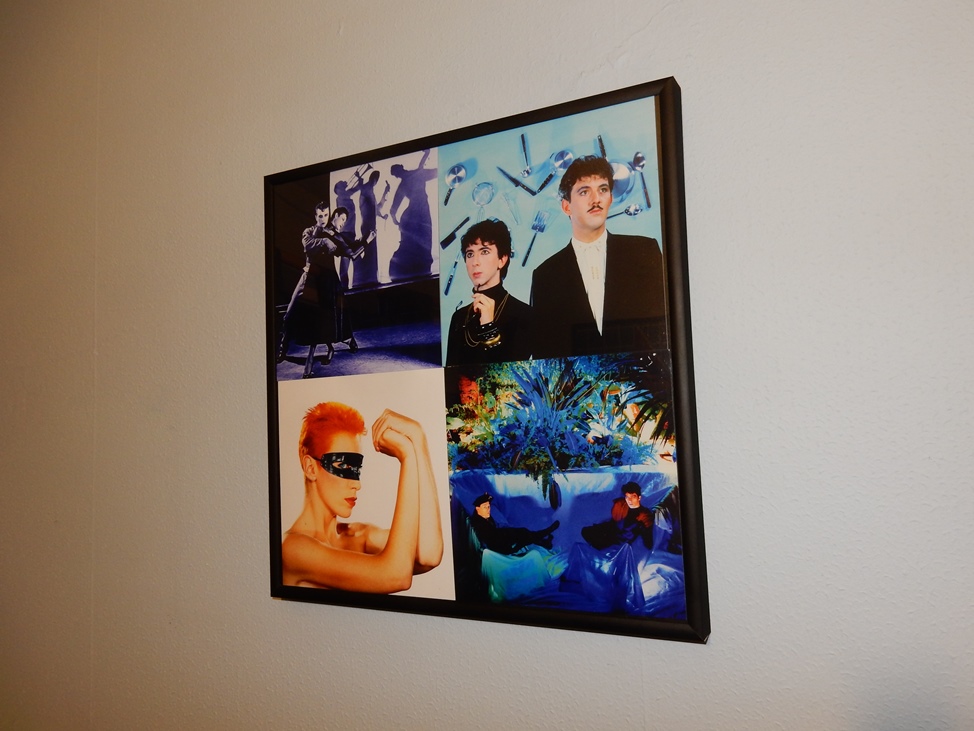
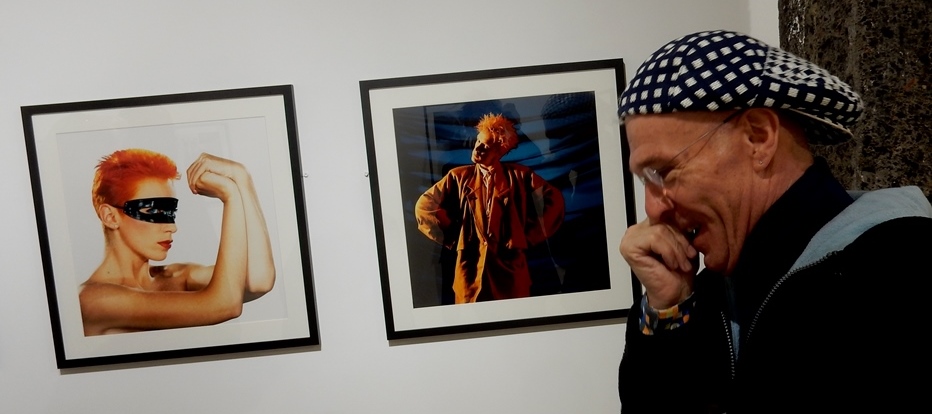
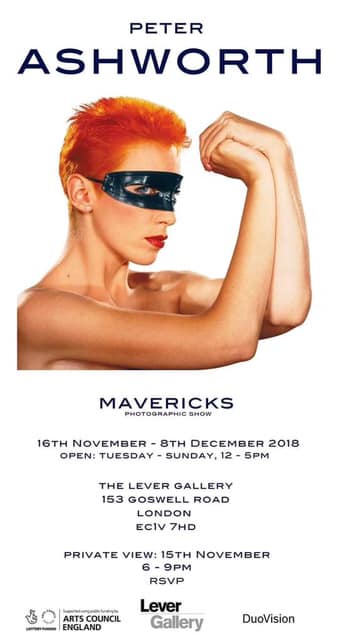
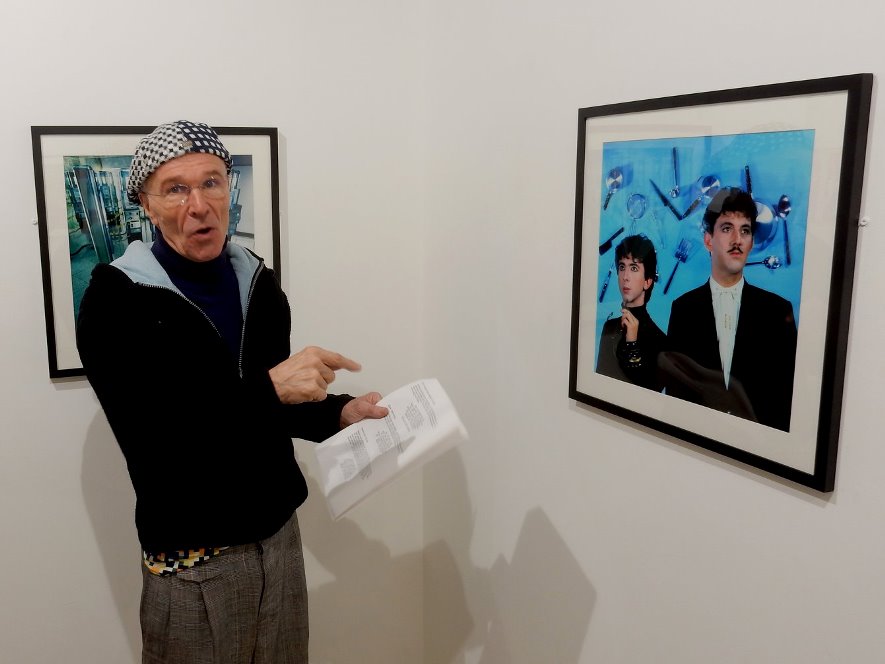
Follow Us!